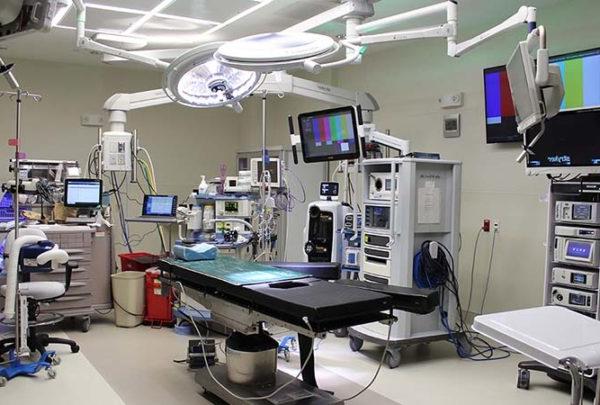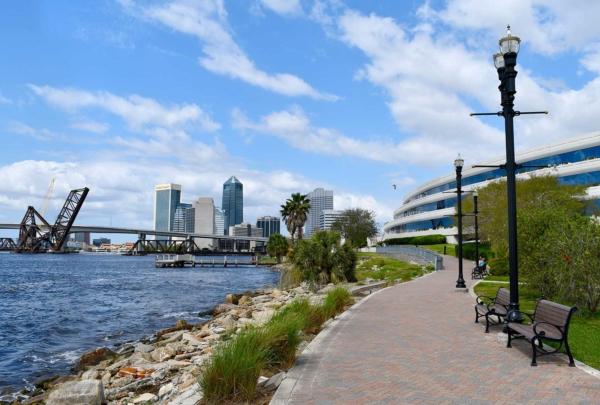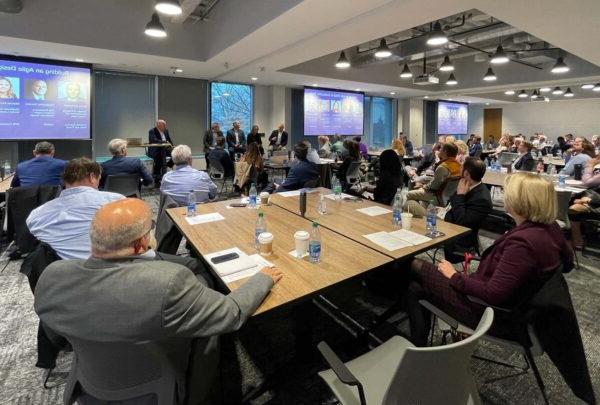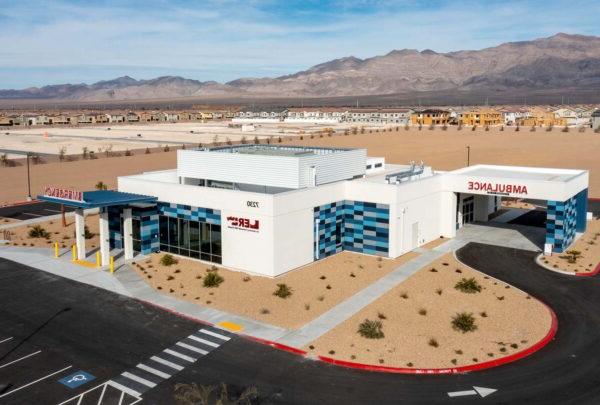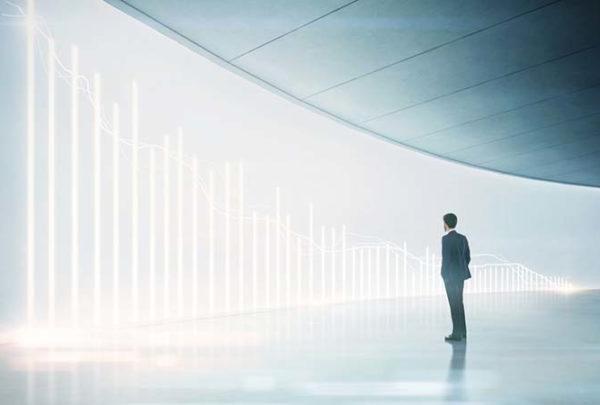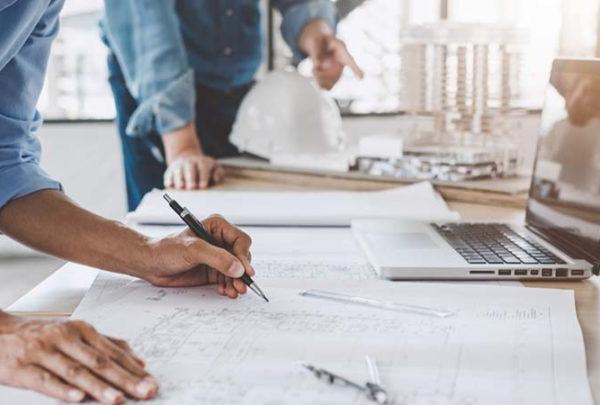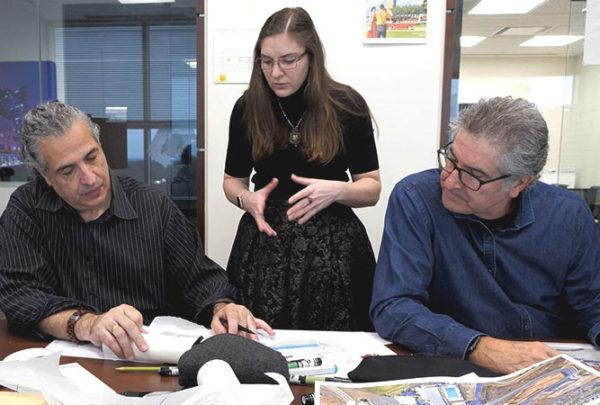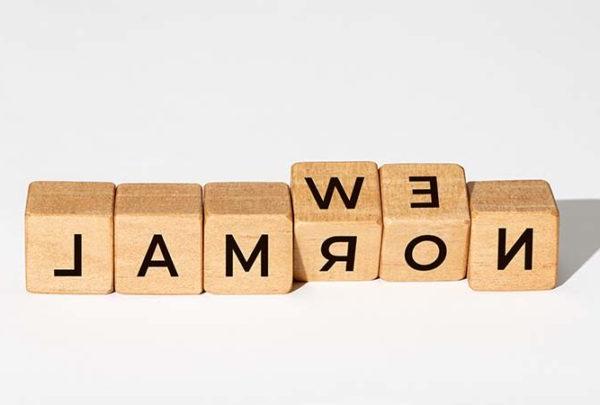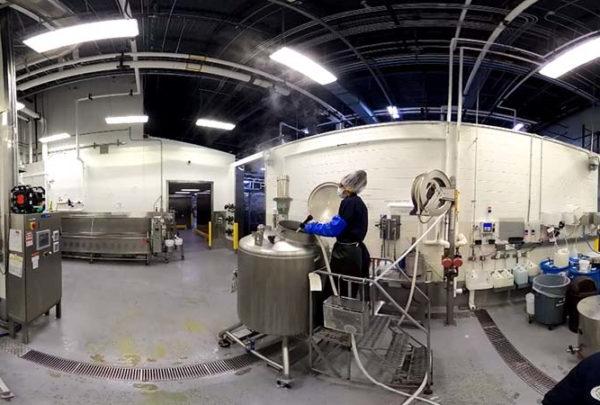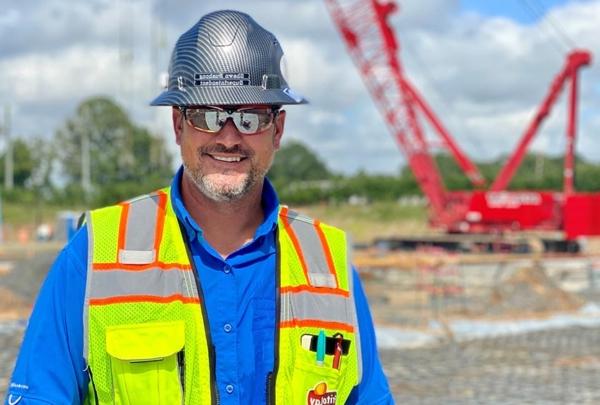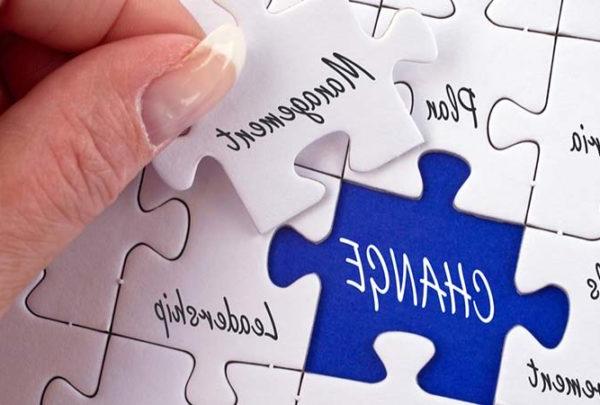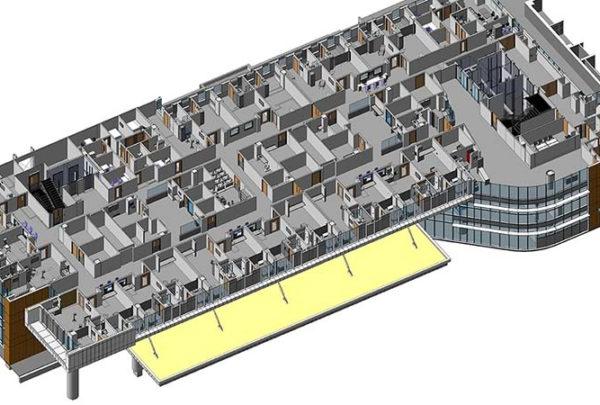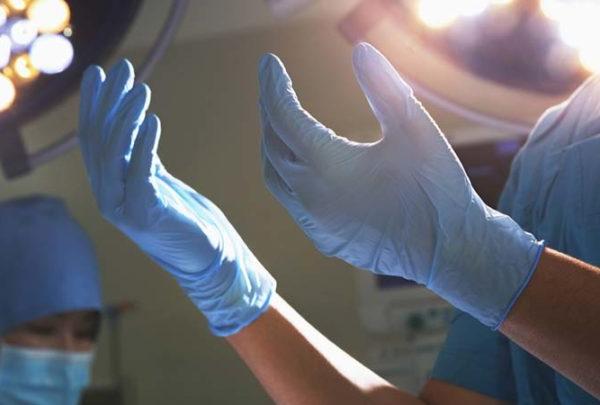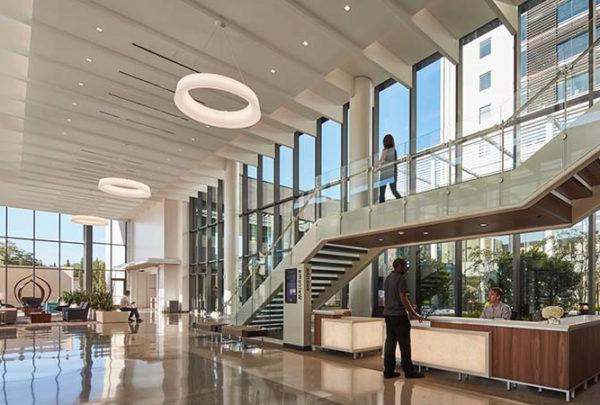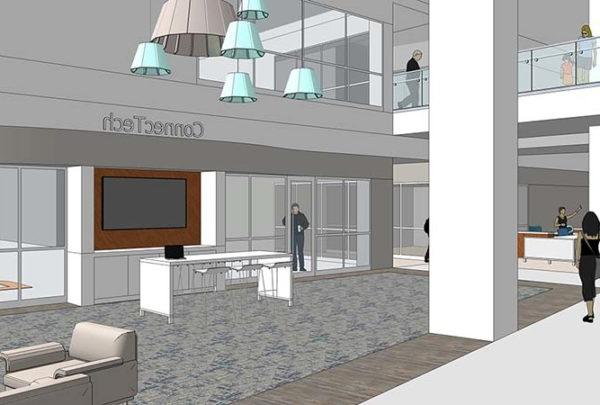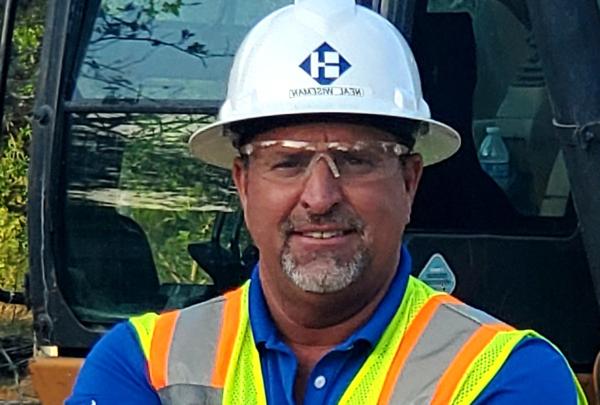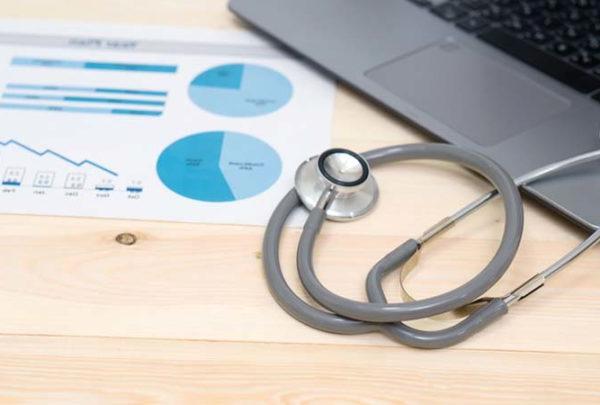Design is a collaborative process. Everyone on the team has a talent and expertise to offer the collective. From our internal team to the client team to other subcontractors involved in the project, bringing the team together early and often undoubtedly leads to the best design solutions.
For our internal design meetings, we typically gather ourselves in a collaboration space and develop various iterations. Face-to-face meetings with clients and subcontractors are also preferred to help build trust and ensure everyone’s voices are heard.
But that was before COVID-19, social distancing, and travel restrictions. Now, instead of having most of our meetings in-person with a few remotely, we’ve switched to meeting over Skype, Teams, FaceTime, and other electronic means. Recently, two collaborations aimed to help clients address their coronavirus response meant we had to adapt our collaborative design process quickly but effectively, and with our team members in their respective homes instead of our office.
Both projects were relatively complicated, needed to be completed fast, and required extensive collaboration between myself and my colleagues Liz Jones and Darius Kisluk. In the first, our client needed guidance on how to convert an alternate site into a healthcare center. We needed to determine how to convert a large open space into a field hospital with room for critical care beds, nursing stations, and aisles for moving people and supplies. In addition, we had to account for supplying medical gas in each patient space as well as provision of space to provide handwashing in an environment without plumbing and donning and doffing personal protective equipment when mechanical isolation areas weren’t available. The second collaboration involved creating a triage area outside of a hospital. In this case, our client requested modular triage bays in which patients could be screened for COVID-19 symptoms before entering the hospital’s ED.
Both opportunities featured many moving parts, with team members working with 3D models, BIM, and Revit while others focused on FGI guidelines, code requirements, and best practice recommendations. At times we were actively working through designs together; at other times we were working on our pieces separately but still connected by our video call. The video call platform allowed us to easily share screens for review and feedback as well as to ask and answer questions while we were working corporately.
What we learned from this process is that enabled with the proper tools and can-do attitudes we didn’t lose a step working remotely from each other. While face-to-face meetings with a client may still be preferable, the flexibility that’s been forced upon at this time has made us think about how the way we’re working now might be adapted in the future. For example, when meeting with our clients it’s vital to get input from healthcare providers who are working in the environments we’re creating or redesigning. However, scheduling providers for a lengthy meeting can be difficult, time-consuming, and costly to our clients. Videoconferencing allows a degree of flexibility, and with everyone’s comfort with this technology growing providers will be able to join meetings quickly without disrupting too much of their schedules or removing them for too long from providing care. In the same way, videoconferencing can permit multiple team members to participate in client meetings without the added expense of everyone traveling. This adjustment provides maximum benefit to the project team while not overtaxing the project’s budget.
Just as virtual construction observation visits are allowing us to inspect job sites from afar, virtual design meetings are allowing us to address our clients’ needs without being in the same room. We hope to once again be able to work face-to-face in the near and “new” future, as not unlike you we’re social people and enjoy the comradery of the expanded team: healthcare provider, healthcare contractor, and healthcare designer. We also look forward to the “new” future of continued utilization of technology that has thus far been allowing us to stay in contact and in collaboration while protecting ourselves, our families, and our communities at large.
We’re doing our part to listen, adapt, and stay encouraged!




